Balcony Waterproofing Timing Tips

Spring is ideal for waterproofing as weather conditions are moderate, allowing proper application and curing.
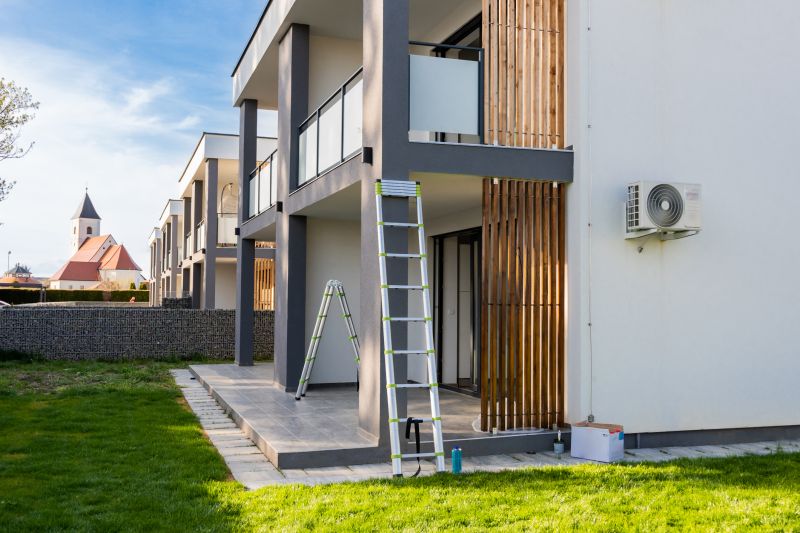
Summer offers long, dry periods suitable for waterproofing projects, minimizing delays caused by rain.
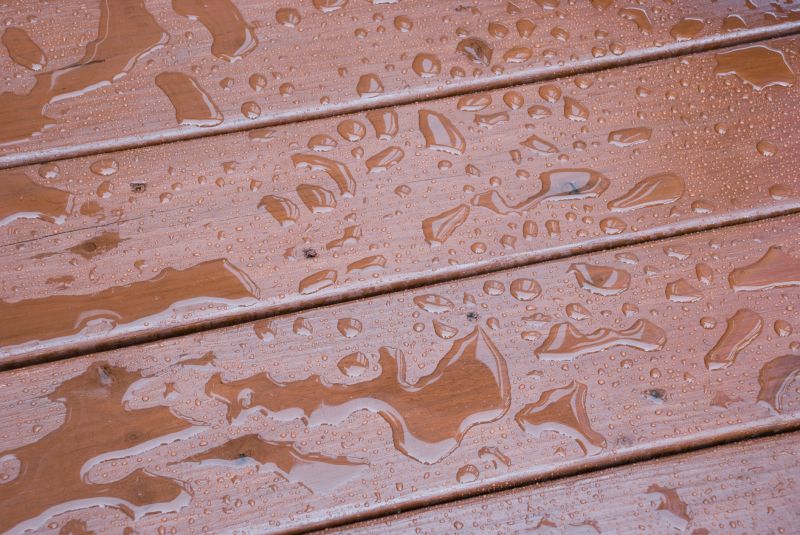
Autumn can be suitable if weather remains dry, but increasing rainfall may affect application quality.
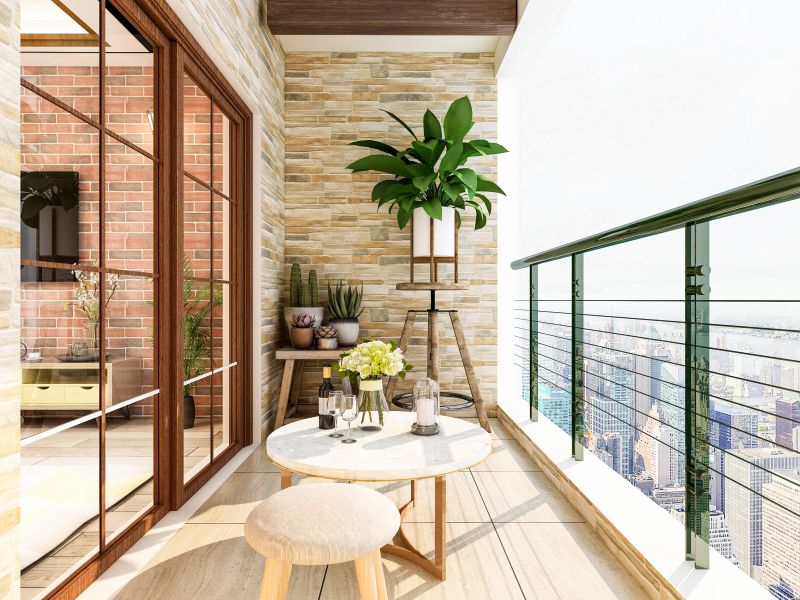
Ways to make Balcony Waterproofings work in tight or awkward layouts.

Popular materials for Balcony Waterproofings and why they hold up over time.
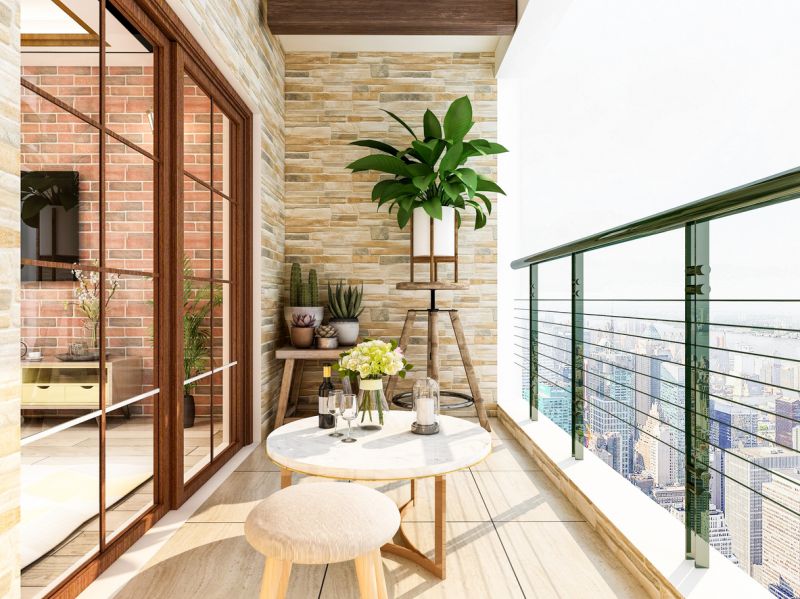
Simple add-ons that improve Balcony Waterproofings without blowing the budget.
Balcony waterproofing is a crucial process to protect the structure from water infiltration, which can lead to damage, mold growth, and structural weakening. Proper waterproofing extends the lifespan of balconies and reduces maintenance costs. The optimal timing for waterproofing depends on climate conditions, project scope, and material curing times. Typically, periods with consistent dry weather are preferred to ensure effective application and long-term durability.
Dry, moderate weather ensures optimal conditions for waterproofing applications and curing processes.
Most waterproofing materials require specific curing periods, which are best achieved during stable weather.
Scheduling waterproofing during favorable seasons minimizes delays and ensures quality results.
Proper surface preparation is essential and should be completed before the optimal waterproofing season begins.

Application during spring benefits from mild temperatures and low humidity.

Long, dry days facilitate thorough application and curing.

Suitable if dry weather persists; caution advised as rainfall increases.

Generally not recommended due to cold temperatures and moisture interference.
| Season | Ideal Conditions |
|---|---|
| Spring | Moderate temperatures, low humidity, dry days |
| Summer | Long dry periods, high temperatures |
| Autumn | Dry weather, but increasing rainfall |
| Winter | Cold temperatures, high moisture, generally unsuitable |
Effective balcony waterproofing requires choosing the right season to ensure optimal adhesion, curing, and longevity. Proper timing reduces the risk of water infiltration and associated damages. It is recommended to plan waterproofing projects during seasons with stable and predictable weather patterns, primarily spring and summer, to achieve the best results.
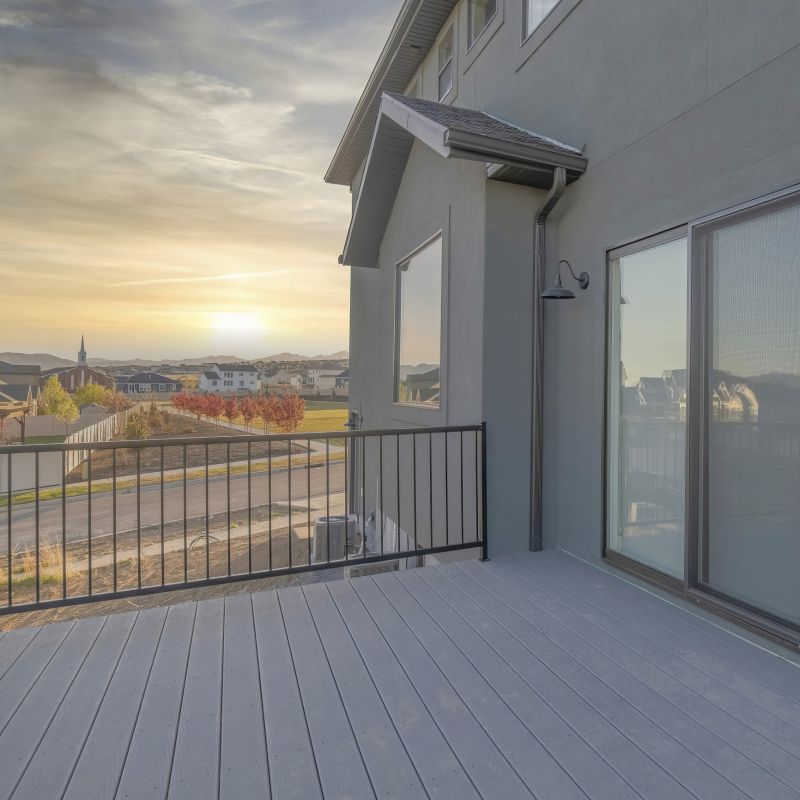
Ideal due to favorable weather for application and curing.
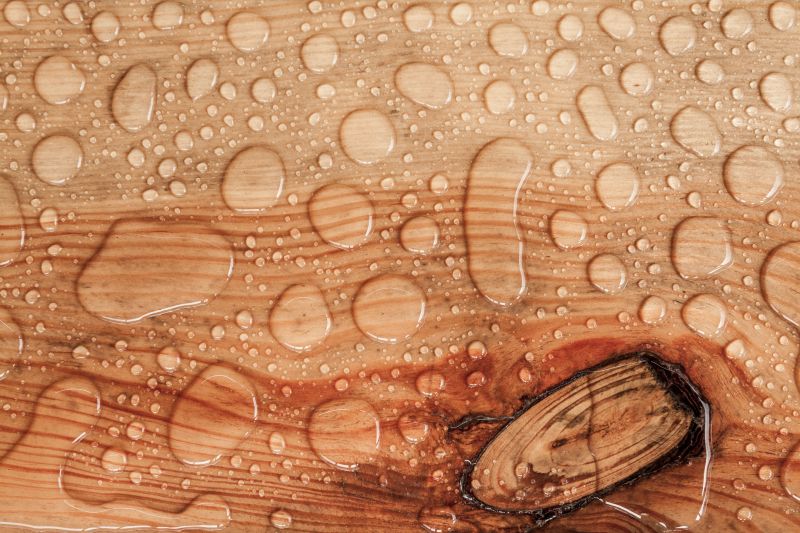
Long, dry days support thorough and effective waterproofing.
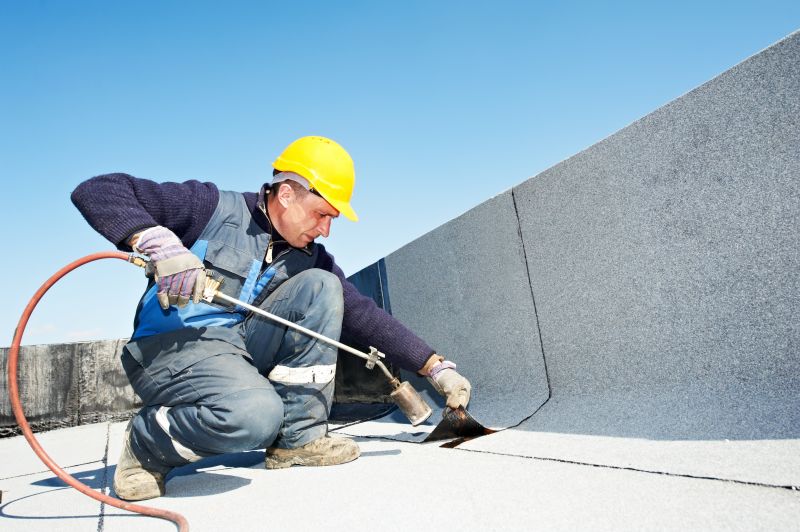
Cold temperatures and moisture hinder proper application and curing.
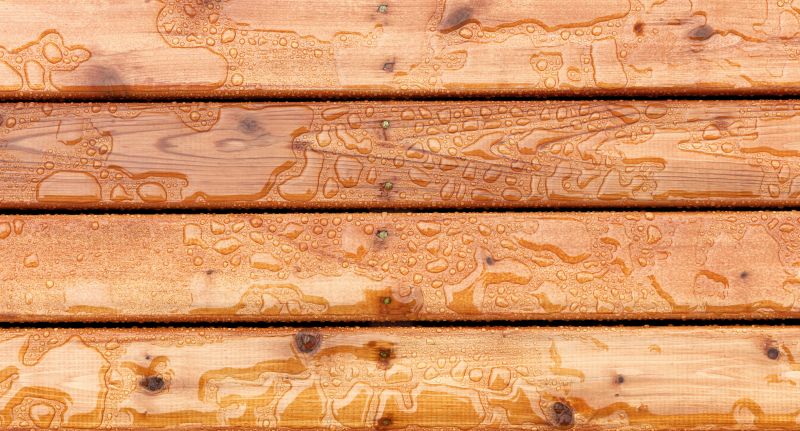
Consistent dry weather with moderate temperatures ensures durability.
Choosing the right time for balcony waterproofing involves considering local climate patterns and project-specific requirements. Proper scheduling ensures the longevity of waterproofing layers and minimizes the need for repairs. Consulting with professionals can help determine the most suitable season based on current weather forecasts and project scope.
Monitoring forecast helps identify suitable windows for application.
Some waterproofing materials perform better under specific conditions.
Surface preparation should be completed ahead of favorable weather.
Aligning waterproofing with dry seasons optimizes results.
Interested in waterproofing a balcony? Filling out the contact form can provide guidance on scheduling and choosing the right materials for optimal results. Proper timing and preparation are essential for ensuring the longevity and performance of balcony waterproofing systems.
